For which seedlings is yeast feeding suitable and how to prepare it?
Yeast is very often used for baking, kvass and other food products. However, not everyone knows that with their help you can effectively stimulate the growth of most plants. This fertilizer is perfect for seedlings of tomatoes, cucumbers, pepper, strawberries and many other crops. Houseplants also respond well to yeast, especially geranium and petunia. How to make yeast feeding yourself, how is it useful for plants and when fertilize seedlings? Let's find out.
The benefits of yeast fertilization
Yeast is a source of beneficial bacteria, it contains a lot of protein, vitamins B, E, H, amino acids, nitrogen and various trace elements.
Correctly feeding the seedlings with yeast, you can achieve the following result:
- improve the composition of the soil, enrich it with potassium and nitrogen;
- accelerate root formation, growth of seedlings;
- strengthen the immunity of plants;
- increase the endurance of seedlings.
This fertilizer is an excellent alternative to many chemical growth stimulants. Getting into the soil, yeast cells activate the activity of beneficial microorganisms. The soil is saturated with nitrogen, potassium, plant roots accelerate their growth. According to the studies carried out, within 10 days after the introduction of such feeding, the root system of the seedlings increases from 2 to 10 times.
How to make feeding yourself?
Making fertilizer from yeast is quite simple, the process itself does not take much time. You can use a traditional recipe or add additional ingredients (sugar, ash, grass, potato tops). If yeast is not at hand, you can make a nutritious sourdough from available tools - bread, crackers, wheat, hop cones. Each gardener chooses the best method for himself.
Advice
It is not recommended to add chopped grass, bird droppings or manure to yeast feeding, these additives neutralize its effect.
- For tomatoes
For the first time, tomatoes should be fertilized with yeast 7 days after transplanting seedlings into the ground. Re-watering the plant is carried out shortly before flowering.
Pour 10 liters of warm water into a large container, dissolve 0.5 liters of ash, pour 10 g of dry yeast, add 100 g of sugar. Withstand the infusion in a warm place for 1 day, then dilute with water in a ratio of 1 to 10. The resulting solution should be watered with the root of the plant. During the initial treatment, 0.5 liters are consumed for each bush, and during repeated processing - 1.5–2 liters.
The result of yeast feeding can be seen as early as 3 days after watering. Tomatoes noticeably increase in growth, their leaves become juicy.
- For cucumbers
Fertilizing cucumbers should also be 2 times per season. The first watering with a nutrient solution is carried out after nitrogen fertilization, 7 days after transplanting seedlings. The next time, fertilizer is introduced at the beginning of flowering.
Dissolve 100 g of sugar in 3 liters of warm water, add 200 g of black bread or crackers, 10 g of dry yeast, cover with gauze and leave to ferment for 1-2 days. Before watering the cucumbers, the mash is diluted in 10 liters of warm water. The solution should be applied at the rate of 0.5 liters for young plants and 1.5 liters for adults.
Such feeding increases the number of ovaries, the mass of cucumbers, the number of barren flowers becomes smaller, and the hollowness of the fruit is halved.
- For indoor plants
You need to feed your home or garden flowers with yeast 2-3 times per season. Watering with a nutrient solution is very beneficial for plants that grow in poor light, in a poorly ventilated area.In such conditions, they intensively consume nutrients from the soil and soon fade and become weak.
For 5 liters of water, you need to take 10 g of baker's yeast, 50 g of sugar, mix and leave to ferment in a warm place for 3-4 hours. Before use, the solution is diluted in a ratio of 1 to 5. Feeding consumption depends on the size of the flower, usually 0.1 l for the smallest and 0.5 l for large, adult plants. For garden roses, the amount of solution can be increased to 1–2 liters.
Natural starter cultures
In addition to baker's yeast, fertilizer can be prepared using bread, millet or hop cones. The starter culture obtained from these products, due to the rapid growth of unicellular microorganisms, effectively stimulates plant growth.
- Wheat starter recipe. Sprout 1 glass of wheat, add 4 tablespoons of water, 50 g each sugar and flour. Put on low heat and, stirring all the time, boil the mixture for 10-15 minutes. After 1–2 days, when the leaven ferments, add 10 liters of water.
- Bread leaven recipe. Fill a 10 liter bucket about a quarter with rye bread or breadcrumbs, pour warm water, add 100 g of sugar. After 5 days, dilute the starter culture with water in a ratio of 1 to 3.
- Hop cone sourdough recipe. Pour about 1 glass of cones with 1 liter of water, put on low heat. After an hour, cool the broth, add 50 g of sugar, flour and put in a warm place. When the sourdough begins to ferment, add 100 g of grated boiled potatoes. After a day, the infusion can be used for watering. Before use, it must be diluted with 10 liters of water.
Advice
Use yeast feeding no more than 3 times per season.
Universal recipes
In addition to the above recipes, gardeners have successfully used other methods of preparing top dressing from yeast. They are versatile and suitable for all crops.
- Recipe number 1. Dilute 100 g of live yeast in 10 liters of warm water. On the next day, dilute the solution in a ratio of 1 to 5.
- Recipe number 2. Pour a bucket of green grass, 1 kg of bread, 0.5 kg of live yeast into a large barrel with a volume of 50 liters. After 2 days, the infusion can be used as directed.
- Recipe number 3. For 5 liters of water, you need to take 50 g of granulated sugar, 10 g of dry yeast, a handful of earth and 5 tablets of ascorbic acid. After a day, the infusion should be diluted in a ratio of 1 to 10.
When are plants fed?
It is best to water the seedlings in the evening when the soil is warm enough. Plants, as a rule, need 3 dressings per season, that is, 1 time in 1-2 months. You don't need to do this more often, because yeast absorbs a lot of calcium during fermentation. To prevent this, it is recommended to add ash to the ground. In addition, too frequent yeast feeding or incorrect proportions, providing increased nutrition to the plants, will soon draw out all the nutrients from the soil. Such soil will quickly become rocky and difficult to mine.
Every gardener knows: to reap a good harvest, seedlings need to be fertilized. In this case, it is important to strictly observe the proportions, otherwise the plants can be harmed or simply not get the expected result. But which of the above recipes to choose, everyone decides for himself. Someone uses dry yeast, someone live, mixes it with sugar or does without it. All of them are quite effective and give excellent results in the shortest possible time.
Only 2-3 feeding of seedlings per season can strengthen the plant, thereby increasing the yield. The only thing worth remembering is that dry or live yeast must be fresh, and the earth must be warm enough. Then the fermentation process will take place in optimal comfortable conditions, and the plants will grow by leaps and bounds.
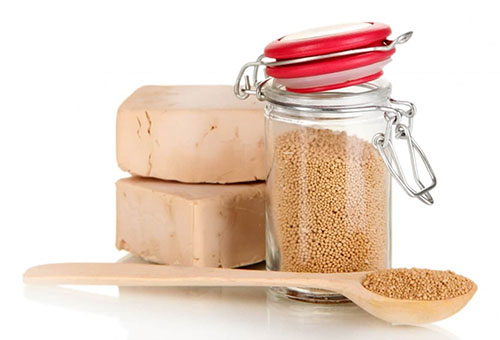
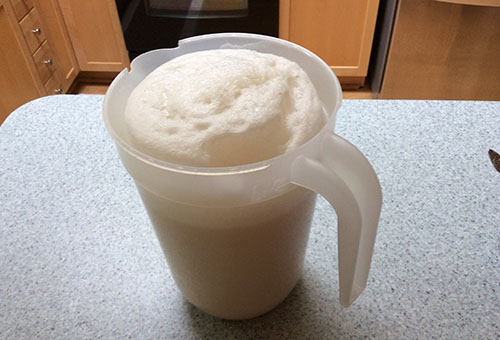
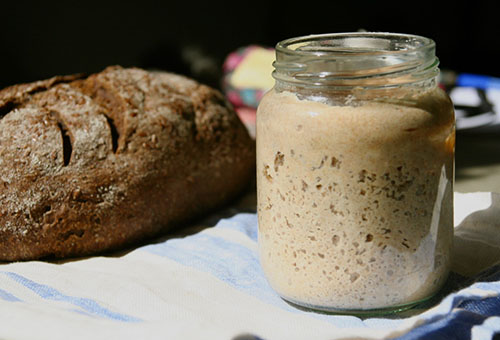
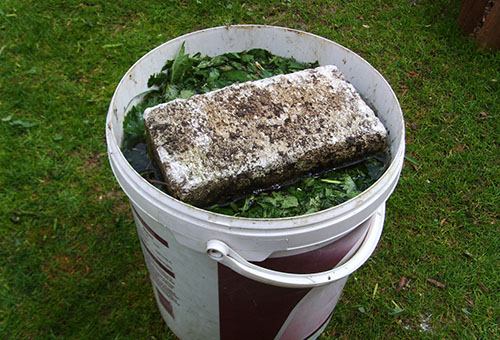
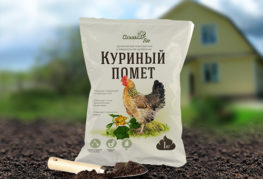
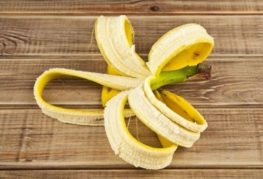

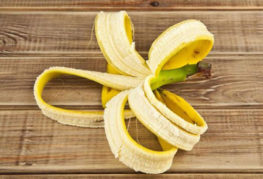
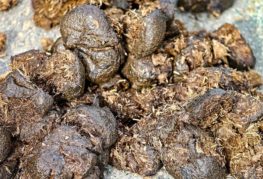
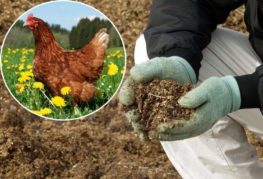
and will be published shortly.